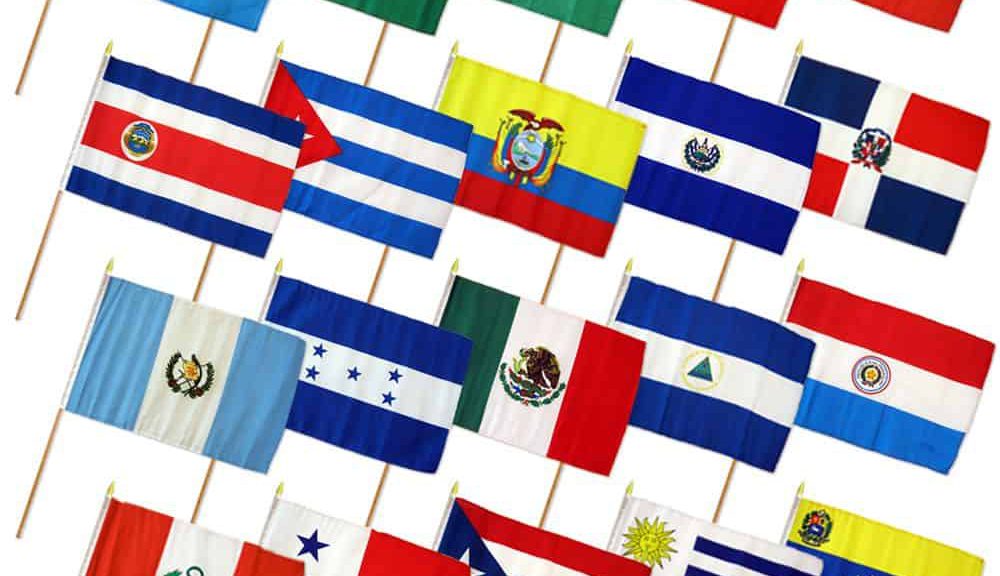Happy Hispanic Heritage Month! Or is it ¡Feliz Mes de la Herencia Hispana?
How does one celebrate Hispanic Heritage Month anyway? With tequila and guacamole? Or perhaps empanadas y mate tea? How about with Andean music or reggaeton?And why Hispanic and not Latino Heritage Month?
Celebrating anything shouldn’t be this complicated!
Each year millions of people celebrate the history, culture, contributions, and DIVERSITY of Hispanics and Latinos to the American experience from September 15 to October 15.
Here are five things to keep in mind about one of the fastest-growing populations in the United States:
Born in the USA
According to the Pew Research Center, most of the nearly 62.1 million Hispanics-Latinos in the U.S. were born in this country. However, the number of foreign-born members of this community has been declining since the year 2000. While many are children of immigrants from Latin America, several are generations U.S.-born.
Se Habla English
Another politically fueled inaccuracy is that Spanish-speaking Hispanics-Latinos threaten the English language’s dominance in the U.S. Due to English-only schools, research shows that while immigrants tend to be bilingual, they gravitate to English. By the time those children have their children, and they have children, Spanish phases out.
Regardless of language proficiency, Spanish does continue to be one of the ways Hispanics-Latinos self-identify.
The Young and the Restless
Hispanics-Latinos are the youngest major racial or ethnic group in the United States. About one-third, or 17.9 million, of the nation’s Hispanic-Latino population, is younger than 18, and about a quarter, or 14.6 million, of all Hispanics-Latinos, are Millennials (ages 18 to 33 in 2014), according to a Pew Research Center analysis of U.S. Census Bureau data.
Making It Rain!
Hispanic-Latino purchasing power has grown substantially over the last 30 years, from $213 billion in 1990 to $1.9 trillion in 2020. Based on data from the U.S. Bureau of Economic Analysis and other sources, the Selig Center estimates Hispanic-Latino purchasing power accounted for 11.1% of U.S. buying power in 2020, up from only 5% in 1990.
Hispanic or Latino?
Well, it is a little bit of both.
Both terms are often interchangeable, but Hispanic is about language, referring to persons from Spanish-speaking countries, and Latino is about geography, used to refer to Latin America. So, for example, Spaniards are Hispanic, but not Latino, and Brazilians are Latino but not Hispanic.
The word Hispanic was adopted by the U.S. government when Hispanic Heritage Month began to be celebrated in 1968 as Hispanic Heritage Week and later expanded to a month in 1988.
There is no turnkey, one-size-fits-all about celebrating Hispanic Heritage Month. The best approach is to be mindful of who you’re with; for example, I will be toasting with a good pisco sour and my wife with a shot of aguardiente!

Hugo Balta and his wife Adriana are the owners of the Latino News Network, a group of English language local news and information websites dedicated to best serving Hispanics-Latinos in the United States.
Balta served twice as president of the National Association of Hispanic Journalists (NAHJ).
Hugo and Adriana recently moved to Chicago with their two children.
of A version of this column was first published for PRSA, NYC Chapter.




